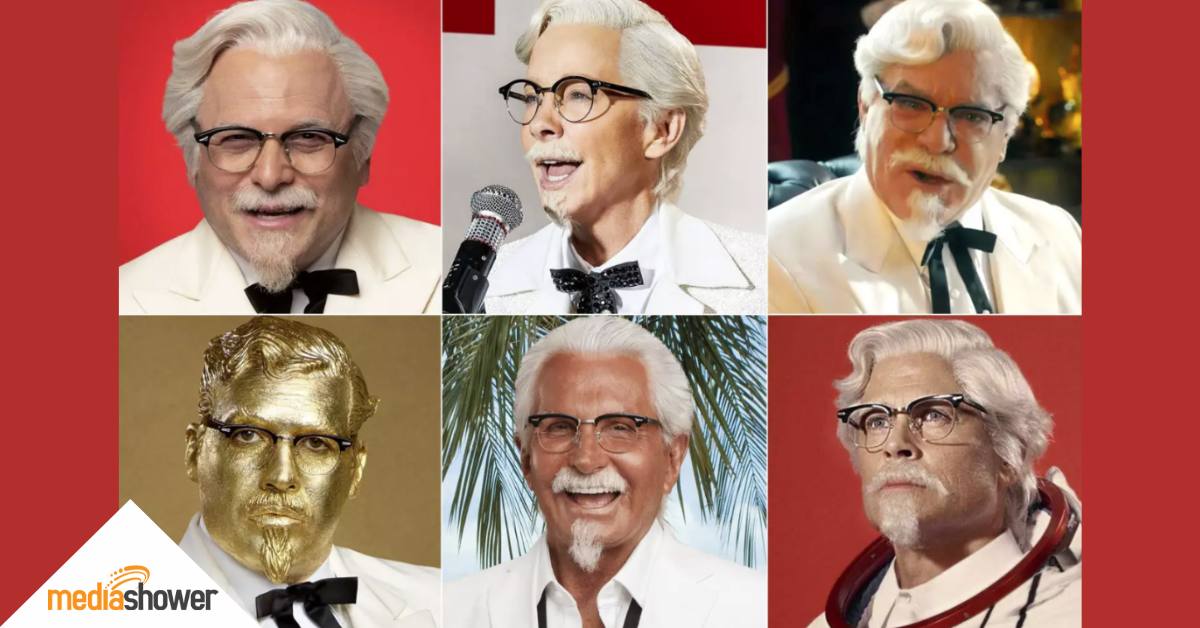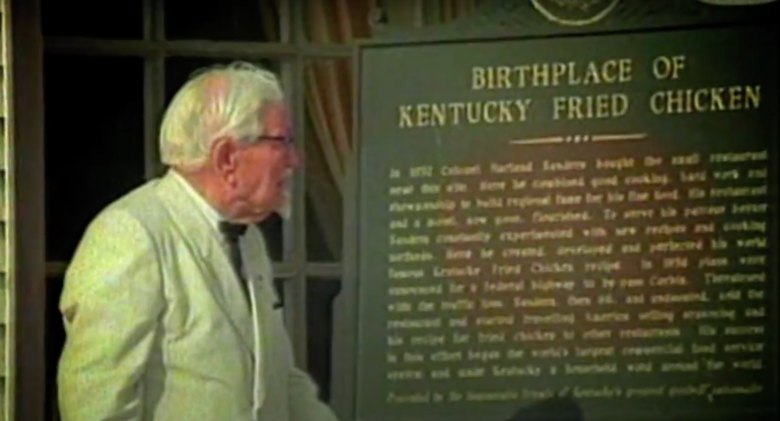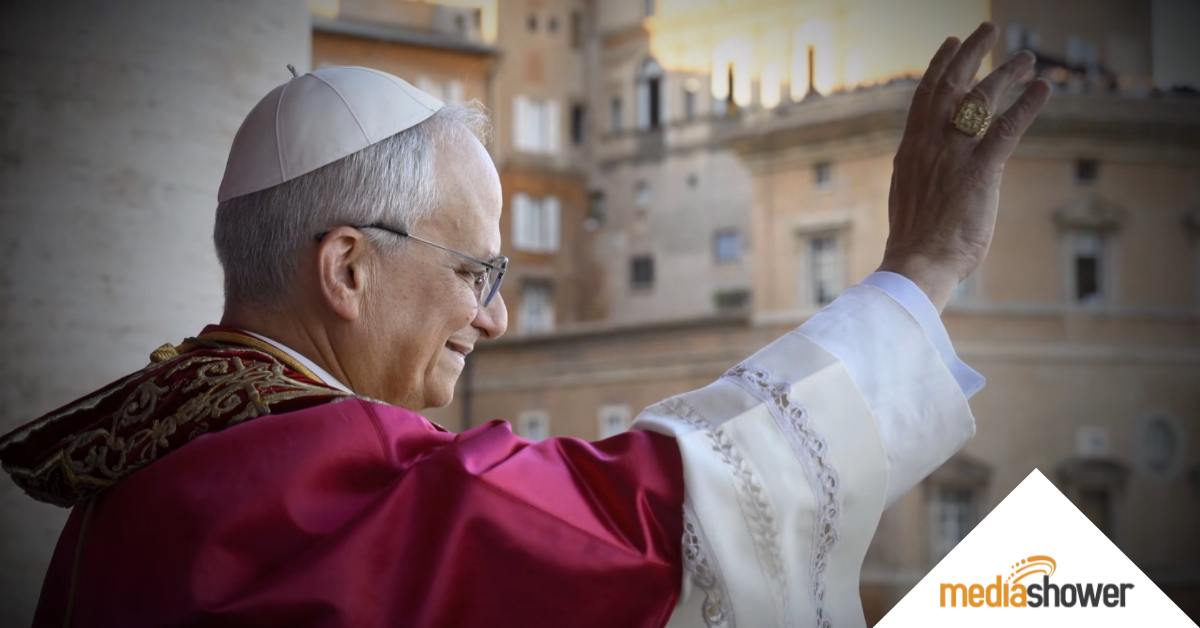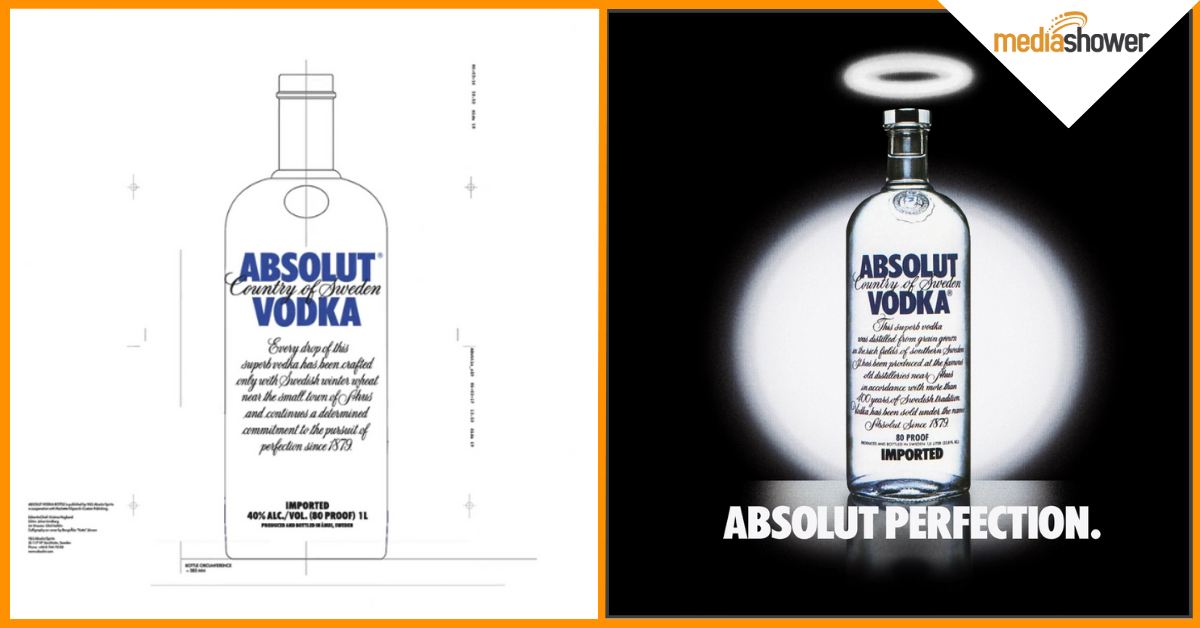
In 2015, KFC faced a moment of truth. The once-beloved chicken chain had lost its way in the American fast-food landscape. Sales were slumping, younger customers were choosing trendier options, and the brand’s storied heritage felt increasingly irrelevant.
The Colonel—once the soul of the brand—had faded into a cartoonish logo many young consumers didn’t even recognize.
It was the kind of slow-motion brand decline that keeps marketers up at night: not a sudden crisis, but something more insidious—a slow fade into irrelevance.
KFC’s solution was a wonderfully unexpected revival of founder Colonel Harland Sanders through a rotating cast of celebrities.
This approach did something remarkable: It honored the brand’s rich history while making it feel utterly contemporary. The campaign sparked curiosity, created ongoing conversation, and ultimately helped KFC reclaim its place in American culture.
 Harland Sanders: The real Colonel.
Harland Sanders: The real Colonel.
When the Colonel Went Missing
Before the celebrity Colonels arrived, KFC had lost its soul. The brand had drifted so far from its roots that its founding story—a genuine American dream tale of a determined entrepreneur who didn’t find success until his 60s—had become disconnected from its day-to-day reality.
Many younger customers didn’t even know that Colonel Sanders was an actual person with real fingers to lick.
While competitors like Chick-fil-A were growing with clear brand positioning, KFC struggled to explain what made it special. The results were predictable: declining sales, fading cultural relevance, and a brand that seemed stuck in the past.
Darrell Hammell: The original celebrity Colonel.
The Colonel Comeback Strategy
The strategy kicked off in May 2015 with comedian Darrell Hammond as the first celebrity Colonel. The casting itself sent a message—this wasn’t going to be a safe, predictable brand revival.
Norm Macdonald: The self-professed “real” Colonel.
KFC and Wieden+Kennedy created a comprehensive campaign surrounding consumers with this reimagined Colonel:
- Television spots featuring each Colonel’s unique take on the character
- Social media content leveraging each celebrity’s existing fanbase
- Limited-time menu items creating urgency and renewed interest
- Refreshed in-store branding that felt both nostalgic and contemporary
- Colonel-themed merchandise that turned customers into walking brand ambassadors
Comedian Jim Gaffigan takes a turn.
The truly brilliant part was the built-in mechanism for renewal. Instead of betting everything on a single celebrity interpretation that might grow stale, they created a framework for continuous reinvention.
“The plan was always to rotate colonels. We always thought of it like James Bond. The actor that dons the white suit brings something of his own to the actual character.” – Hochman to PRWeek
Every few months, a new celebrity would wear the white suit, keeping the concept fresh while reinforcing the core brand elements.
George Hamilton: The Extra Crispy Colonel.
The roster grew to include Norm Macdonald (who cheekily suggested Hammond had been an imposter), Jim Gaffigan, George Hamilton (as the “Extra Crispy” Colonel), Rob Riggle, Billy Zane, Vincent Kartheiser, Rob Lowe, Ray Liotta.
Reba McEntire broke new ground as the first female Colonel.
Why the Campaign Connected
Perfect timing
The campaign launched when brands showing self-awareness were winning with younger consumers. KFC’s unconventional approach of replacing their founder with celebrity impersonators created a sense that consumers were in on the joke, not just being marketed to.
Rob Riggle and the “Kentucky Buckets.”
Smart casting choices
Each Colonel was strategically selected to connect with different audience segments while generating fresh buzz. The campaign featured comedians with distinctive styles, actors playing against type, and unexpected choices (like Reba McEntire) that generated additional media coverage.
Billy Zane: The Gold Colonel.
This variety expanded the campaign’s reach far beyond what a single spokesperson could achieve. Each new Colonel reveal became a cultural moment worth discussing. Entertainment sites covered the announcements, and social media buzzed with people debating the performances.
Suddenly, KFC was relevant in conversations where it had been absent for years.
Check out the list of every celebrity who’s played Colonel Sanders here.
Rob Lowe: The Astronaut Colonel.
Old-school cool with modern appeal
The campaign balanced honoring KFC’s history while making it relevant for today’s consumers. This approach satisfied loyal customers who felt connected to the brand’s past while creating new entry points for younger consumers.
By embracing rather than hiding its past, KFC transformed what could have been a liability—an old-fashioned founder figure—into a distinctive asset that set it apart from competitors.
Ray Liotta: The Colonel with the split personality.
Consistency within change
Despite the rotating cast, the campaign maintained strong brand consistency. Each performer wore the iconic white suit, incorporated elements of Southern charm, and embodied key aspects of the Colonel’s character—even while bringing their own interpretation.
This continuity ensured brand recognition remained strong despite the changing faces. The Colonel became even more iconic. The brand story became more deeply embedded in popular culture with each new iteration.
Seinfeld’s Jason Alexander.
Results That Satisfied
The Colonel comeback delivered real business impact:
- Sales growth flipped from negative to +3% after launch.
- KFC experienced four straight years of same-store sales increases.
- Millennial brand consideration jumped 8%.
- Social engagement exploded 200%.
- New Colonel announcements generated 400+ million media impressions.
- KFC’s trophy case filled with Cannes Lions and Effie awards.
The celebrity Colonels also fueled menu innovation, store redesigns, and reversal of a 15-year trend of restaurant closures.
“The brand is modern and relevant again to consumers. When celebrities go to parties wearing Colonel Sanders pajamas and then post pictures about it on social media—all unprompted and unpaid—well, that looks like success to us!” – KFC’s Staci Rawls to PR News
Marketer Takeaways
- Dust off your heritage. Sometimes the answer isn’t abandoning your heritage but finding fresh, creative ways to make it meaningful to a new generation.
- Embrace the weird. Self-awareness builds trust. KFC celebrated the absurdity of celebrity Colonels.
- Build platforms, not campaigns. The rotating Colonels wasn’t a one-off stunt but a renewable content engine that delivered for years.
- Cast strategically for reach. Each new Colonel connected KFC with entirely different audience segments, far beyond any single spokesperson’s power.
- Stay consistent on brand basics. Faces changed, but the white suit and Southern charm remained, strengthening KFC’s identity with each new iteration.
- Connect all touchpoints. Success came from extending the concept across ads, social, products, and stores—creating a Colonel-shaped universe, not isolated messages.
Media Shower’s AI marketing platform helps you create campaigns that are finger-lickin’ good.Click here for a free trial.


